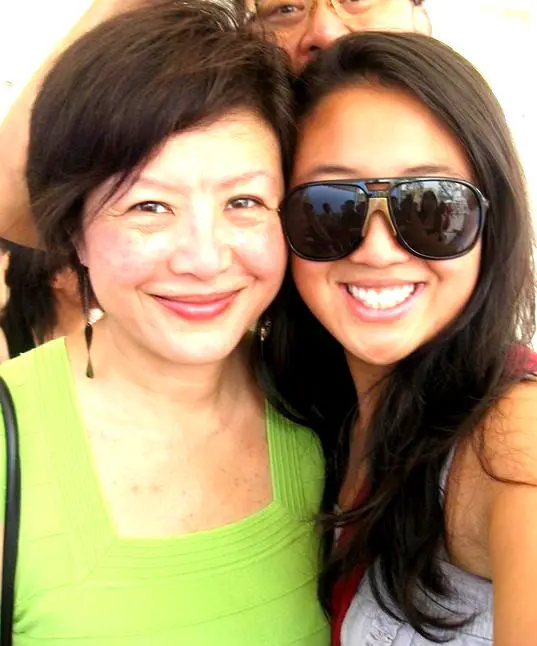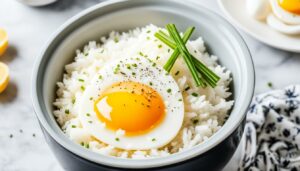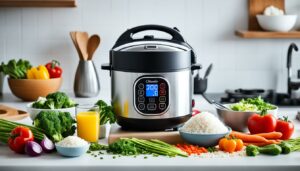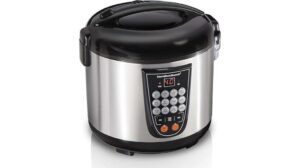Here’s a question for you. Are bubbles in a rice cooker a problem? Some people say they are, while others claim that they’re not an issue at all. So, what’s the verdict? Let’s take a look at both sides of the argument and see if we can come to a conclusion.
Table of Contents
Are bubbles in a rice cooker a problem?
As an experienced chef, I have had my fair share of experiences with rice cookers. I know that a good rice cooker is an important tool for cooking grains perfectly, but I have also had bubbles form in them, which is a common problem.
Little air bubbles form at the surface of the grainbed after a few uses, disrupting the evenness of cooking.
This has caused many people to think that their rice cooker is defective and can lead to unevenly cooked meals if not properly addressed. As such, it is important for home cooks and professional chefs alike to understand how best to address bubbles when using a rice cooker.
Even though there are a few other options, the most common way to avoid the problem is to change how you add water before turning on your machine, but more on that later.
With this knowledge in mind, anyone can create delicious meals without worrying about pesky bubbles ruining their carefully crafted recipes.
Why do rice cookers create bubbles?
If you’ve ever opened the lid of a rice cooker, you know that it’s more than just sizzling and bubbling away.
In fact, if you take a closer look, you’ll notice science at work!
To understand what’s going on inside a rice cooker, take a look at how rice is cooked — and how it behaves in hot water.
Essentially, when heated in water, the starch molecules inside each grain of rice expand and separate from each other. This expansion creates thousands of tiny air bubbles, which in turn produce steam that forms the telltale bubbles at the top of your pot or cooker.
To keep up with the fast-paced chemistry inside your rice cooker and to prevent those pesky bubbles from spilling over (or burning off), just make sure to keep an eye on your device as it cooks.
With enough monitoring and care, you’ll soon be able to master perfect, delicious rice every time! Plus, by understanding the science behind why it works so well, who knows what innovation could come next in our quest for perfect meals? The possibilities are exciting!
How to avoid creating bubbles in your rice cooker
There are a few simple steps you can take to ensure perfectly cooked, fluffier and bubble-free rice.
First, be sure to rinse the rice in a sieve before you put it into the cooker. This will remove
any residue starches that would otherwise become foamy when combined with the water.
Next, make sure to add the correct amount of water to your grains for the best results. I usually find that 1 cup of rice to 1 1/2–2 cups of water is the right ratio. Try using a little less water than what is recommended if you find that your rice is boiling over onto the heating element or causing more bubbling than usual.
Finally (and most importantly! ), never open your pot during cooking, as this dramatically reduces temperature, which may not allow enough time for all water to be absorbed correctly by grain, resulting in bubble formation.
With these tips in mind, you should achieve some gorgeous no-bubble rice! Bon appetite!
What to do if you notice bubbles forming in your cooked rice
Beautiful and fluffy cooked rice is one of the great joys of the kitchen, but unfortunately, bubbles in the cooked rice can not only mar the texture but also indicate bad things happening behind the scenes.
If you notice bubbles forming in your cooked rice, the first thing to do is identify the cause.
If you’ve been cooking it too long or weren’t able to rinse it properly, that means that too much starch was left on it before cooking, which has caused excess air pockets in the cooked grains.
This can be remedied by rinsing now-uncooked rice a few extra times or by reducing cooking time. On the other hand, if you did rinse and cook correctly, this may be a sign of contamination from bacteria or fungi, so it’s best to discard that batch and sterilize any jars or equipment you have used during preparation.
Following these steps will help ensure perfectly cooked rice every time!
In Summary
As a chef, I’m always looking for the best ways to get perfectly cooked rice every time.
Depending on your budget, you might like to consider investing in a rice cooker with built-in steam bubbles, as this option can provide an extra measure of control over how your grains turn out.
On the bright side, bubbles inside the appliance help make sure that all of your grains cook evenly.
Additionally, boiling water and steam within the cooking chamber will be far gentler on delicate types of rice than stovetop methods where direct contact with heat can toughen up the final dish.
On the other hand, if you want fluffy individual grains of rice rather than a soft clump, the forces of air pressure combined with the high moisture environment can cause unwanted sticking together.
But perhaps most importantly, steam bubbles also need some regular maintenance because they can get clogged over time by bits of food or mineral buildup. All things considered though, if managed properly and used strategically, these tiny bubbles could provide something rarely found in culinary endeavors – absolute control over how exactly one’s food turns out! And that’s definitely something worth considering for the serious home cook!





